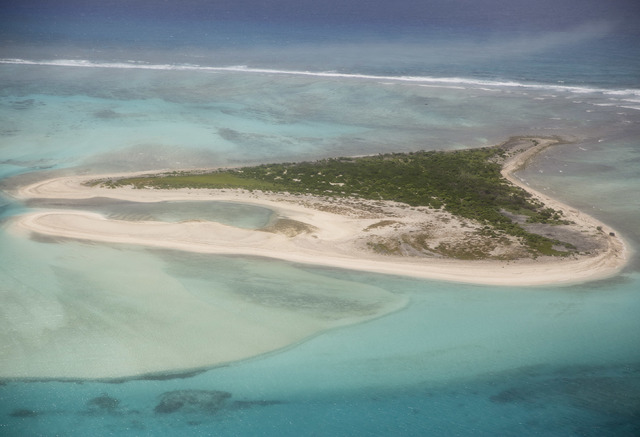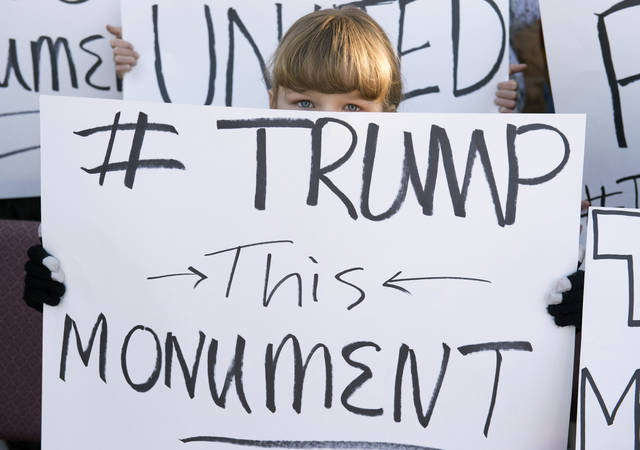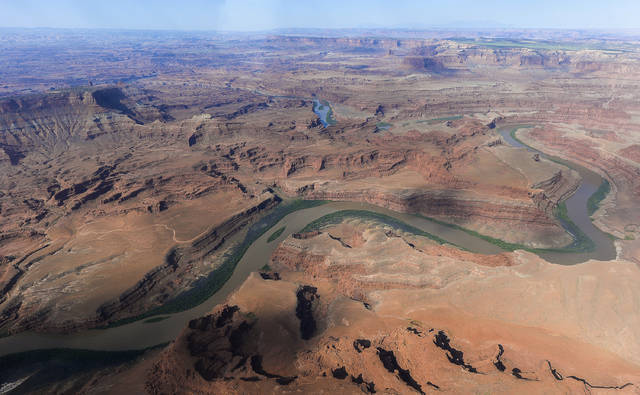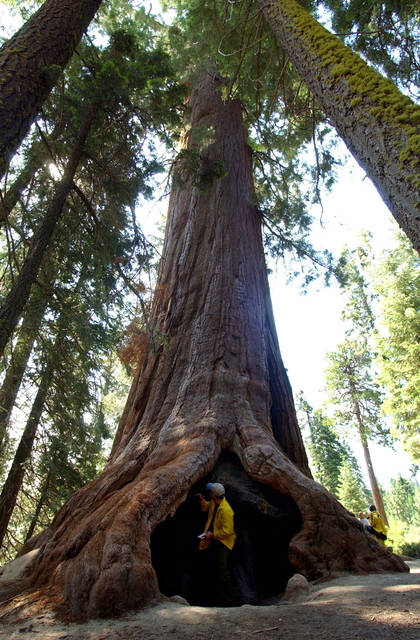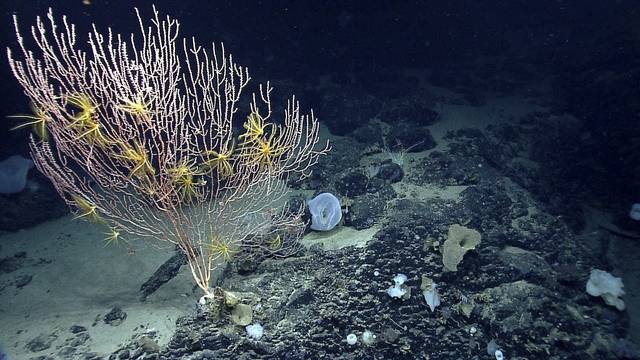Monument review includes oceans, tribal lands and Papahanaumokuakea
SALT LAKE CITY — President Donald Trump’s call to review 24 national monuments established by three former presidents puts in limbo protections on large swaths of land home to ancient cliff dwellings, towering Sequoias, deep, canyons and oceans habitats where seals, whales and sea turtles roam.
Trump and other critics say presidents have lost sight of the original purpose of the law created by President Theodore Roosevelt that was designed to protect particular historical or archaeological sites rather than wide expanses.
A closer look at five of the monuments on the list set to be re-examined:
———
BEARS EARS NATIONAL MONUMENT-UTAH
The creation of the 1.3 million-acre monument in December marked a victory for Native American tribes and conservationists and a blow to Utah Republican leaders who campaigned hard to prevent a designation they contend is a layer of unnecessary federal control that hurts local economies by closing the area to new energy development.
Tucked between existing national parks and the Navajo Nation, the monument is on land considered sacred to a coalition of tribes and is home to an estimated 100,000 archaeological sites, including ancient cliff dwellings. Tribal members visit the area to perform ceremonies, collect herbs and wood for medicinal and spiritual purposes and do healing rituals. The monument features a mix of cliffs, plateaus, towering rock formations, rivers and canyons.
Led by U.S. Sen. Orrin Hatch, Utah’s congressional delegation and top state leaders immediately vowed to work to get the monument repealed. Trump applauded Hatch for his dogged insistence while signing the executive order.
Interior Secretary Ryan Zinke is due to make a recommendation on Bears Ears within 45 days ahead of a final report about all the monuments within 120 days.
———
NORTHEAST CANYONS AND SEAMOUNTS MARINE NATIONAL MONUMENT- MAINE
Designated by President Barack Obama in September 2016, the Atlantic Ocean’s first marine national monument consists of nearly 5,000 square miles of underwater canyons and mountains off the New England coast. The designation was widely praised by environmentalists as a way to protect important species and habitat for whales and sea turtles while reducing the toll of climate change.
The designation closed the area to commercial fishermen, who go there primarily for lobster, red crab, squid, whiting, butterfish, swordfish and tuna. A coalition of commercial fishing groups filed a lawsuit in March to overturn the designation. They argued the creation of the monument would bring economic distress to fishermen and their families.
————
GIANT SEQUOIA NATIONAL MONUMENT-CALIFORNIA
In a decision praised by environmentalists but scorned by loggers, President Bill Clinton created this monument in 2000 covering about 328,000 acres of land in central California where the giant sequoia grows naturally. It expanded the number of groves protected, adding to Sequoias already safeguarded in Kings Canyon and Yosemite National Park.
In announcing his decision, Clinton marveled at the resilience of a partially charred tree that had been struck by lightning decades ago. “Look how deep the burn goes,” he said. “These giant sequoias clearly are the work of the ages. They grow taller than the Statue of Liberty, broader than a bus.”
A coalition of timber interest groups, recreation groups and a California county sued to reverse the designation or reduce the size. They argued that the trees were already protected and that the county’s school districts depended on money that came from fees collected for logging. A federal judge dismissed that lawsuit.
In 2006, a federal judge rejected a plan by the Bush administration plan to allow commercial logging inside the monument.
———
PAPAHANAUMOKUAKEA MARINE NATIONAL MONUMENT-HAWAII
This remote monument northwest of Hawaii’s main islands was created by President George W. Bush in 2006 and was quadrupled in size last year by President Barack Obama. The nearly 583,000-square mile safe zone for tuna, the endangered Hawaiian monk seal and thousands of other species is the world’s largest marine protected area, more than twice the size of Texas.
Obama pointed to the zone’s diverse ecology and cultural significance to Native Hawaiian and early Polynesian culture as reasons for expanding the monument when he visited the turquoise waters last fall. “I look forward to knowing that 20 years from now, 40 years from now, 100 years from now, this is a place where people can still come to and see what a place like this looks like when it’s not overcrowded and destroyed by human populations,” Obama said.
The decision to expand the monument was the subject of fierce debate within Hawaii, with both sides invoking Native Hawaiian culture to argue why it should or shouldn’t be expanded.
The monument designation bans commercial fishing and any new mining. Fishing will be allowed through a permit, as will be scientific research and the removal.
Opponents argued the region is heavily dependent on fishing and can’t afford the hit, adding that a federal ban would infringe on the traditions that ancient Hawaiians used to protect natural resources.
————
GRAND STAIRCASE ESCALANTE NATIONAL MONUMENT-UTAH
The oldest monument on the list, President Bill Clinton created the monument in southern Utah in 1996 by signing a declaration at the south rim of the Grand Canyon in Arizona. It was lauded by environmentalists for preserving scenic cliffs, canyons, waterfalls and arches with actor and Utah resident Robert Redford appearing at the ceremony with Clinton.
But in heavily Republican Utah, the move was viewed as a sneaky, stab-in-the back example of federal overreach that still irks the political establishment 20 years later. Many Utah Republicans and some local residents contend it closed off too many areas to development – including one of the country’s largest known coal reserves – that could have helped pay for local schools.
In 2015, the county where it’s located declared a state of emergency for falling school enrollment, and county commissioners laid some of the blame on Grand Staircase.
This year, Utah Republican Gov. Gary Herbert signed a resolution from state lawmakers asking Utah’s congressional delegation to support shrinking the monument that is nearly 1.9 million acres, about the size of Delaware.


